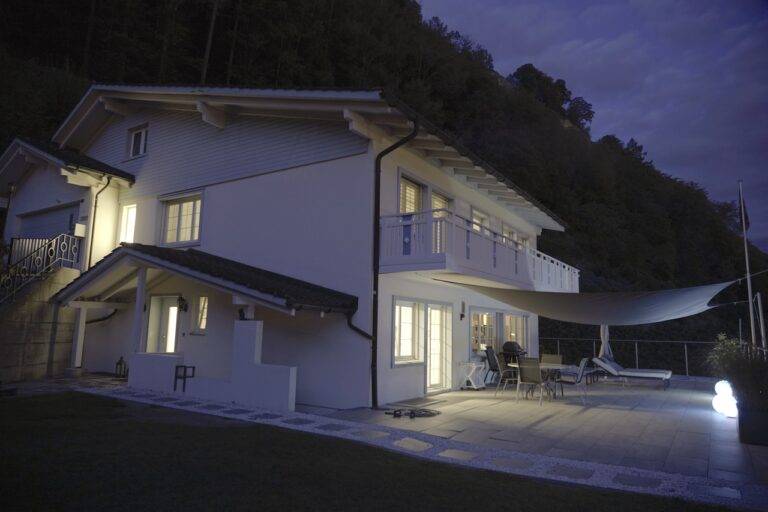Creating a Sustainable Outdoor Workspace
Creating sustainable outdoor workspaces is crucial in today’s environmentally conscious world. By integrating eco-friendly practices and materials into these spaces, companies can reduce their carbon footprint and contribute to a healthier planet. Using recycled materials for furniture, energy-efficient lighting, and implementing waste reduction strategies are just a few ways that outdoor workspaces can become more sustainable.
Moreover, sustainability in outdoor workspaces not only benefits the environment but also fosters a healthier and more productive work environment for employees. Being surrounded by greenery and natural elements has been proven to reduce stress, boost creativity, and improve overall well-being. Employees who have access to sustainable outdoor workspaces are more likely to feel motivated and inspired, leading to increased job satisfaction and retention rates.
Benefits of Incorporating Natural Elements into Your Workspace
Incorporating natural elements into your workspace can have numerous benefits for both your physical and mental well-being. Research shows that exposure to elements like natural light, plants, and wood textures can reduce stress levels and improve cognitive function. By bringing nature indoors, you can create a more calming and productive environment that fosters creativity and focus.
Furthermore, incorporating natural elements into your workspace can also have a positive impact on your overall health. Plants, for example, can help purify the air and increase oxygen levels, creating a healthier indoor environment. Additionally, natural light can regulate your circadian rhythm and improve your mood and energy levels throughout the day. Embracing nature in your workspace can lead to a more sustainable and wellness-focused approach to your work life.
How can incorporating natural elements into my workspace benefit me?
Incorporating natural elements such as plants, natural light, and wood can improve air quality, reduce stress, increase productivity, and boost creativity.
What are some examples of natural elements that can be incorporated into a workspace?
Some examples of natural elements that can be incorporated into a workspace include indoor plants, natural light sources, wooden furniture, and natural materials like stone or marble.
How does sustainability play a role in outdoor workspaces?
Sustainability in outdoor workspaces involves using eco-friendly materials, minimizing energy consumption, and promoting a healthy environment for both workers and the surrounding ecosystem.
What are some ways to make my workspace more sustainable?
Some ways to make your workspace more sustainable include using energy-efficient lighting, recycling materials, reducing waste, and incorporating eco-friendly products into your daily routine.
Can incorporating natural elements into my workspace help improve my mental well-being?
Yes, research has shown that being surrounded by natural elements can help reduce stress, improve mood, and enhance overall mental well-being in the workplace.





